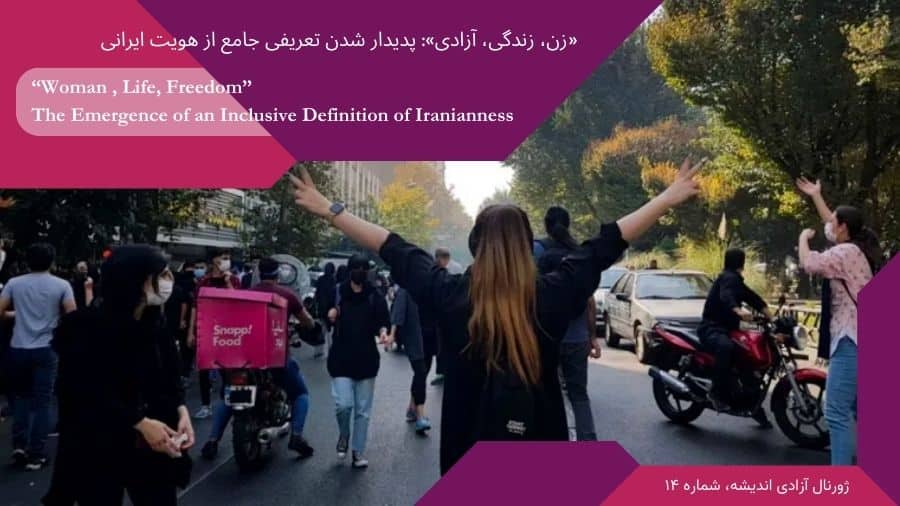Since the advent of the modern nation-state under Reza Shah, the Persian language has appeared as the most permanent foundation of nationalism and its drive to uniformity. Westernized nationalism intended to erase ethnic identities in favour of Persianity. Under the Islamic regime, Islamist/nationalism has intended to crush non-Shi’ite religious identities. Aspirations of religious/ethnic minorities to full citizenship rights have been shattered by all-out discrimination, securitization and Shi’itization that have impeded the completion of the nation-state building project.
The ongoing revolution in Iran with women at its forefront that expanded to various social groups, ethnicities, genders and religions across the country, has challenged this model of power. The revolutionary practice has spread demands for the separation between religion and state, and is leading to the emergence of a new inclusive definition of Iranianness. It has also led to the rise of an intersectional consciousness according to which democracy, freedom and social justice are closely intertwined with gender, ethnic, religious, sexual and class equality.
The most effective way to resist efforts that overlook potential collective action is to place the marginalized at the center.


